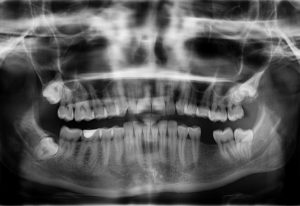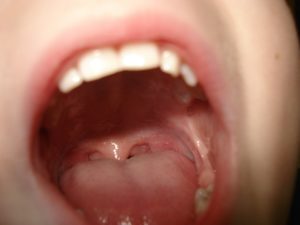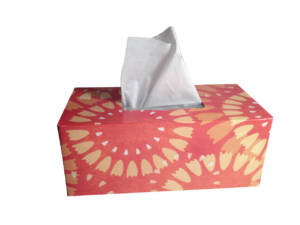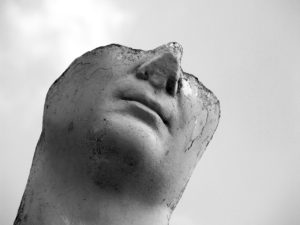Teeth – Episode 103

Types of Teeth
Incisors: You have 4 on the top and 4 on the bottom. Yes, it sounds like “scissors”; they are the teeth and cut and tear food (or the enemy?). They are in the very front of your mouth.
Canines: You have 2 on the top and 2 on the bottom. Yes, canine, like a dog; they are sharp and pointed. These teeth are good for gripping and tearing. Also known as cuspids (one point). They are located at the “corners” of your teeth arch.
Premolars: You have 4 on the top and 4 on the bottom. These are permanent teeth only. They have a flatter surface for crushing food. Also known as bicuspids (two points).
Molars: You have 6 on the top and 6 on the bottom. They have large flattish surfaces for grinding up food. Four of these molars are also known as your wisdom teeth.
Parts of a Tooth
Outside In
Enamel: This is the part that you can see. It is mostly made up of a crystalline structure of calcium phosphate, and that’s what makes them look white. Enamel all by itself can be very brittle.
Dentin: This layer is made of a softer, yet still strong calcium-containing crystals. This acts as a tough and supportive scaffold for enamel.
*These two layers together are what make your teeth so hard and strong.
Pulp: The soft connective tissue that contains the nerves and blood vessels that feed the tooth.
Top to Bottom
Crown: This is the part of the tooth that is above the gum line that you can see. And since you can only see the outside of the tooth, when you look at your teeth, you only see enamel.
Neck: This is the enameled part of the tooth that is below the gum line.
Root: The part of the tooth that is embedded in the jawbone and provides the openings for the nerves and blood vessels to run up into the pulp. The roots are covered by a specialized bone structure called cementum (yes, it sounds like cement).
*The roots are actually attached to the jawbone by periodontal ligaments. (Ligaments are connective tissue that connects bone to bone).
Callback
Connect with me
Support us on Patreon
Join the Pharmacist Answers Podcast Community on Facebook
Subscribe: iTunes, Stitcher, GooglePlay, TuneIn Radio
Music Credits: Up In My Jam (All Of A Sudden) by – Kubbi https://soundcloud.com/kubbiCreative Commons — Attribution-ShareAlike 3.0 Unported— CC BY-SA 3.0 http://creativecommons.org/licenses/b…Music provided by Audio Library https://youtu.be/tDexBj46oNI







